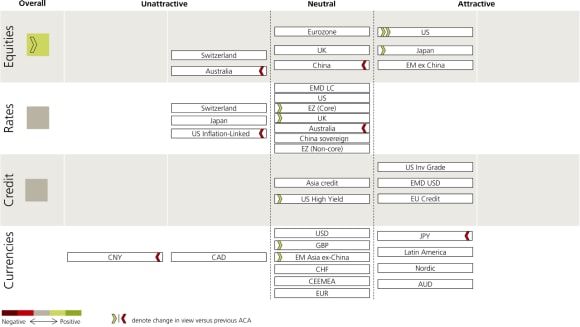Macro monthly
The widening path to a soft landing
The first half of 2023 was marked by volatility in narratives on the economy, as markets lurched from pricing in benign economic outcomes, to overheating, to the possibility of severe financial distress.








